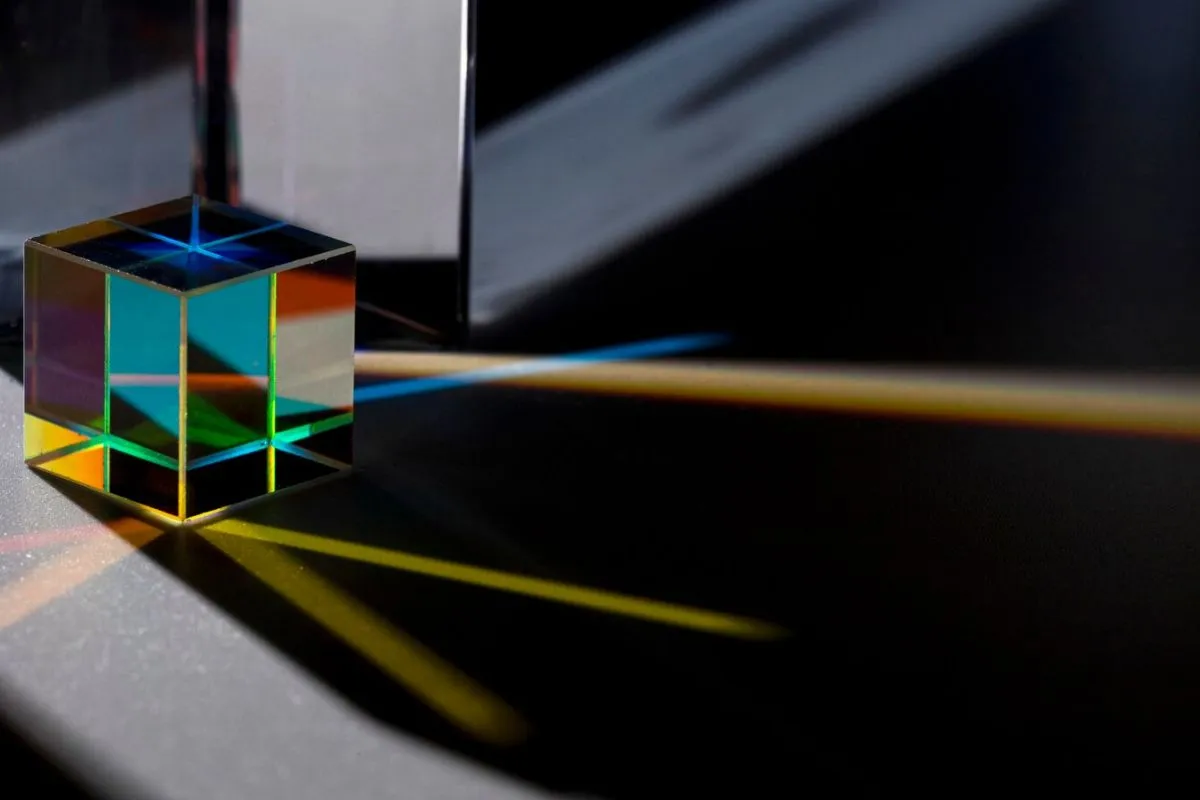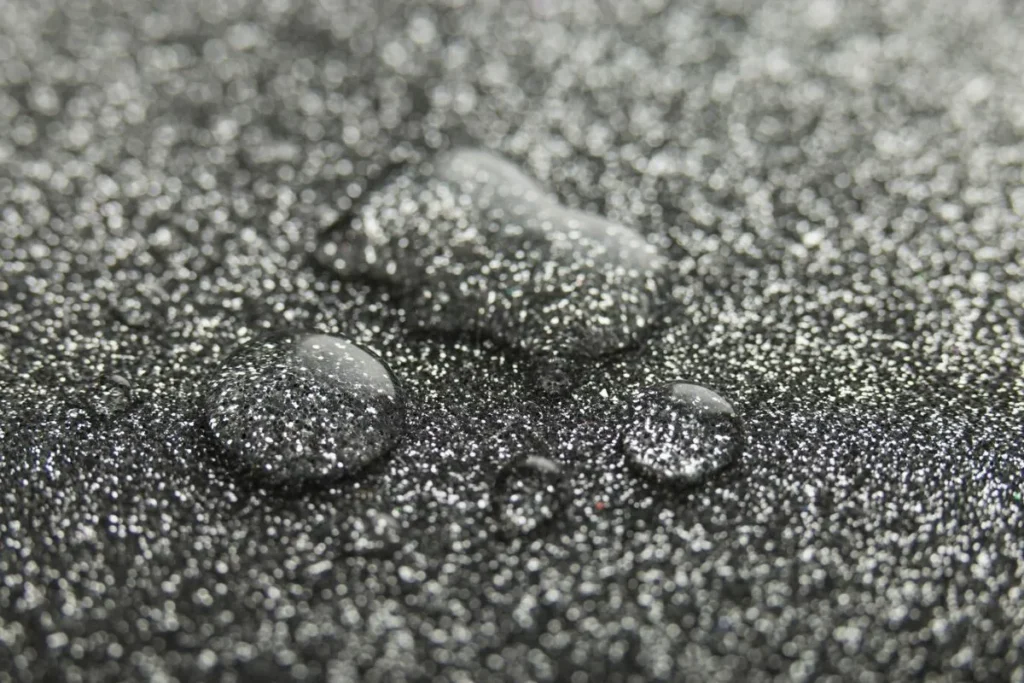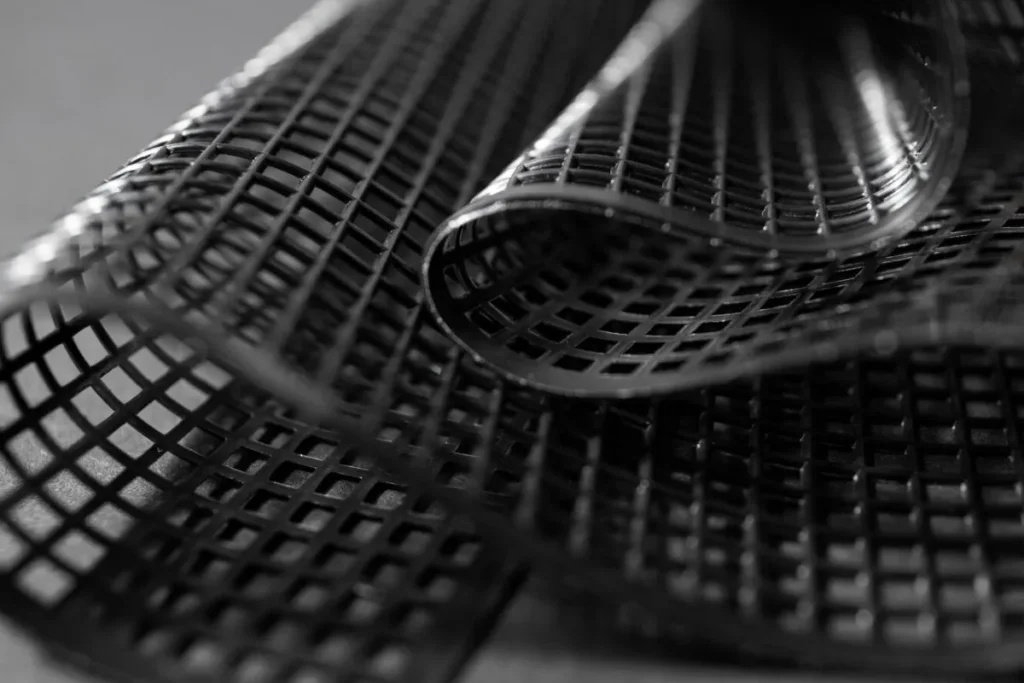Using Photopolymers in 3D Printing is revolutionizing modern manufacturing. This technology enhances prototyping fidelity, achieving intricate designs effortlessly. The adaptability of photopolymers offers numerous industrial applications.
Advances in 3D printing with photopolymers deliver precision and versatility. They enable rapid prototyping and production scaling. This combination is pivotal for innovation in numerous sectors.
The synergy of photopolymers in additive manufacturing transforms material properties. By leveraging this, industries can push boundaries in complex manufacturing. Let’s delve into how this unfolds.
What Are Photopolymers?
Photopolymers are light-sensitive materials enabling complex 3D structures. When exposed to specific wavelengths, they undergo polymerization. This process makes them ideal for 3D printing.
These materials come in liquid or semi-liquid resins. When exposed to UV light, their molecules cross-link, solidifying into desired geometries. This process offers high resolution and smooth surface finishes.
The variety of photopolymers extends their usability. From flexible to rigid formulations, they cater to diverse applications. This versatility is crucial in pushingadditive manufacturing capabilities forward.
Types of Photopolymers
Photopolymers used in 3D printing span various types. Each type brings specific properties. Understanding these types is fundamental for selecting the right material.
- Acrylates: Common for their quick curing time. They provide good strength and flexibility—ideal for prototyping small parts.
- Epoxies: Known for superior strength and thermal resistance. Used in applications needing mechanical performance.
- Silanes: Offer excellent adhesion properties. Preferable in coatings and adhesives within the engineering sector.
Choosing the appropriate photopolymer impacts the outcome. Each type gives unique benefits and limitations. Engineers must align material properties with design requirements.
Methods of Using Photopolymers in 3D Printing
Different methods exist for using photopolymers in 3D printing. Each method offers advantages tailored to specific applications. Here are three prominent ones.
Stereolithography (SLA)
SLA is a pioneer method in 3D printing technology. It employs a UV laser to solidify photopolymer layers. This technique is known for creating high-detail parts.
In SLA, a laser beam selectively cures the resin layer by layer. This method is suitable for fine details and smooth finishes. Ideal for prototypes and visual models.
Despite its precision, SLA has limitations in speed and cost. Photopolymers used here must balance cost with desired part properties. This method is less suitable for mass production compared to others.
Digital Light Processing (DLP)
DLP is similar to SLA but uses a projector screen. The screen displays an image for each layer, curing the entire layer simultaneously. This improves speed without compromising detail.
DLP 3D printing is effective for creating parts quickly. It’s ideal for small to medium-sized parts requiring high detail. The printed parts often exhibit smoother surfaces compared to SLA.
However, DLP may face challenges with larger prints. Uniform light distribution is crucial to avoid defects. Thus, materials and design must align with this method’s capabilities.
PolyJet Printing
PolyJet is a versatile method using photopolymers in 3D printing. It jets photopolymer droplets and cures them with UV light. This method allows for multi-material and multi-color parts.
This method’s flexibility is unmatched. PolyJet can create complex multi-material assemblies in one print. It’s particularly beneficial for realistic prototypes and consumer products.
PolyJet’s downside is material waste. The cleaning process generates significant material loss. Proper waste management is essential for cost-efficiency.
Applications of Photopolymers in 3D Printing
The applications of photopolymers in 3D printing span across industries. Their unique properties make them valuable for specific uses. Let’s explore some key areas where they shine.
Medical and Dental Sectors
Photopolymers are pivotal in medical and dental 3D printing. Their precision and biocompatibility are invaluable. Custom implants, dental crowns, and prosthetics are primary applications.
In dentistry, aligners and bridges benefit from photopolymer precision. Custom dental devices ensure patient-specific treatments. Quick production times also reduce patient waiting periods.
Medical implants and models utilize these materials extensively. They help practice surgeries and create bespoke solutions. Photopolymers thus enhance medical outcomes through tailored applications.
Industrial Prototyping and Manufacturing
Industries leverage photopolymers for rapid prototyping. High-detail prototypes allow designers to test and iterate quickly. This accelerates product development cycles.
Additionally, 3D printing with photopolymers facilitates low-volume manufacturing. Complex custom parts can be produced without expensive tooling. This is crucial for smaller production runs and customized solutions.
Industries ranging from automotive to aerospace use these materials. They support the creation of complex geometries and assemblies. This adaptability drives ongoing innovation and improves manufacturing efficiency.
Consumer Goods and Electronics
The consumer goods sector benefits from photopolymer 3D printing. It allows for complex, high-quality prototypes of products. This aids in design validation before mass production.
Electronics also utilize these materials for custom enclosures and components. Prototyping PCB housings with precise details is now possible. Each component can be rapidly developed and tested.
Wearable gadgets and accessories are other notable products. Photopolymers enable intricate and aesthetically pleasing designs. This flexibility enhances consumer satisfaction and brand differentiation.
Future Prospects of Photopolymers in 3D Printing
Using photopolymers in 3D printing is set to grow. Continuous improvements in material science propel this technology forward. Future innovations promise even greater advancements.
Material Enhancements
Ongoing research focuses on new photopolymer formulations. Enhanced materials will provide better mechanical properties. This includes improved strength, flexibility, and thermal resistance.
Developments in biodegradable and eco-friendly resins are progressing. These sustainable alternatives will reduce environmental impact. Adoption in industries will be influenced by these green solutions.
Multi-functional materials are another frontier. They can combine various properties within a single print. This would open new possibilities in medical devices and complex machinery.
Technological Advancements
3D printing technology itself is evolving rapidly. Improved printing methods will enhance the efficiency of photopolymer 3D printing. Faster, more accurate machines will emerge.
Automation and AI integration will streamline workflows. Automated systems will manage the entire printing process. From material loading to part extraction, efficiency will improve.
Collaborations across industries will advance technologies further. Shared knowledge and resources will drive breakthroughs. This collaborative innovation will address current limitations.
New Market Opportunities
As capabilities expand, new market opportunities will arise. 3D printing will infiltrate more sectors and applications. Customized, on-demand manufacturing will penetrate more fields.
The healthcare sector will see significant gains. Personalized medicine and patient-specific devices will flourish. Tailored healthcare solutions will become standard practices.
Consumer markets will also see more 3D printed goods. Fashion, accessories, and personalized products will grow. The consumer experience will be enhanced through customization.
Shaping the Future with Photopolymers
Using photopolymers in 3D printing reshapes traditional manufacturing. It offers high precision, diverse material properties, and versatility. These advancements are setting new standards.
Industries must integrate photopolymer 3D printing strategically. They will stay competitive and innovative by doing so. Embracing this technology is crucial for future growth.
Consider adopting photopolymers for your next project. The benefits are immense and ever-evolving. Stay ahead by leveraging this cutting-edge technology.
Frequently Asked Questions
What is the primary advantage of using photopolymers in 3D printing?
The primary advantage is high precision and fine detail. Photopolymers allow for creating intricate designs with smooth surface finishes.
Can photopolymer 3D printing be used for mass production?
Photopolymer 3D printing is generally more suited for prototyping and low-volume production. For mass production, other techniques might be more cost-effective.
Are photopolymers safe for medical use?
Yes, many photopolymers are biocompatible. They are used for custom medical implants, dental prosthetics, and surgical models.
What industries benefit the most from photopolymer 3D printing?
Industries like healthcare, automotive, aerospace, and consumer goods benefit significantly. The technology offers precision and customization options crucial for these fields.
How do photopolymers differ from traditional 3D printing materials?
Photopolymers offer higher resolution and finer details compared to traditional materials like thermoplastics. They cure through exposure to light, unlike other materials that solidify through cooling or extrusion.



